Summer brings with it an abundance of fresh, tasty produce at the peak of perfection. Fruits and vegetables are bursting with antioxidants to help keep your body working at its best. The National Cancer Institute and others advise people to eat five or more daily servings of fruits and vegetables in order to maintain optimal health.
Unfortunately, two-thirds of Americans don’t meet the recommendations for fruit and vegetable intake. Eating in-season produce can make it easier – and tastier – to include these superfoods in your diet. Whether you’re preparing for a Fourth of July spread or simple breakfast to charge your day, here are seven seasonal superfoods to include on your summer menu.
1. Cherries
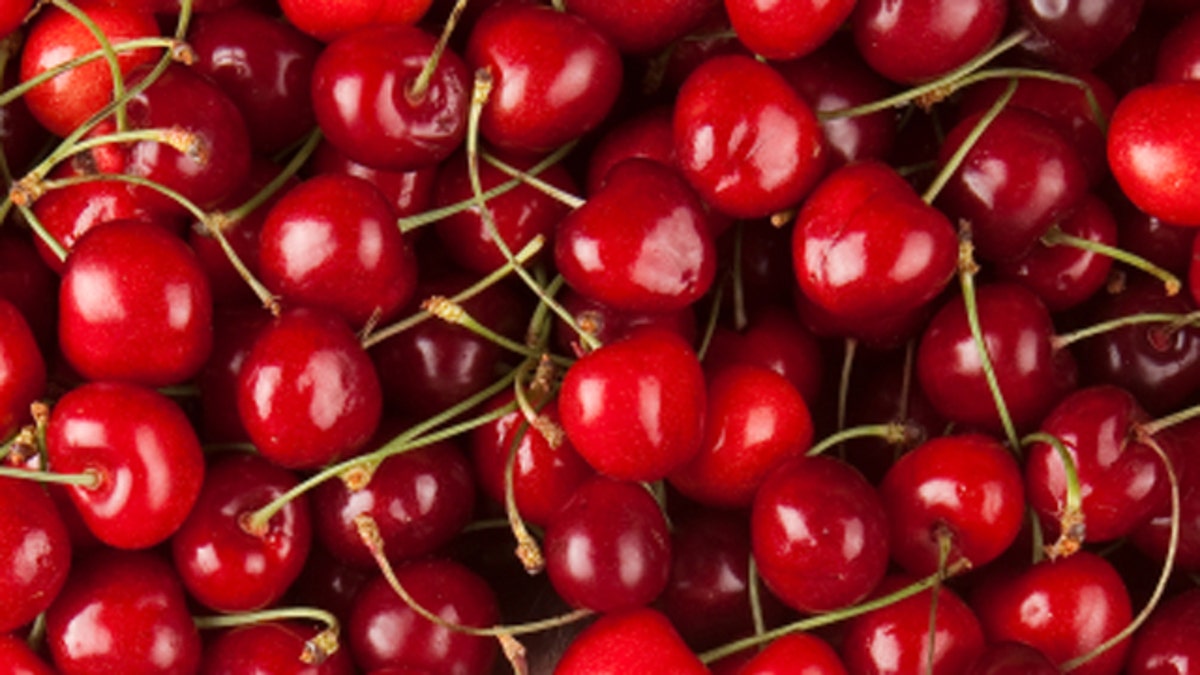
Cherries are bursting with nutrition. One cup of sweet cherries packs roughly the same amount of potassium as a small banana. A diet that includes natural sources of potassium is important for controlling blood pressure, as potassium lessens the effects of sodium.
Sweet cherries are also rich in beta carotene, vitamin C, and anthocyanins, which is responsible for the bright red color of cherries. Anthocynanins help combat inflammation, which may decrease oxidative damage to muscles and joints after exercising. Cherries also contain quercetin, an antioxidant that may help protect against stress and promote heart health.
Go ripe when it comes to cherries – the darker the cherries, the more antioxidants they provide.
2. Zucchini

Zucchini is a type of summer squash with green skin and mild flavor, so it can work well in a variety of dishes. You can add grated zucchini to cookies and bread for added moisture, or add chopped zucchini to a soup or stir-fry dish.
Zucchini provides vitamin C, A and B6, potassium, and folate. Zucchini is also an excellent source of lutein, a carotenoid antioxidant that protects the eyes against light damage and age-related macular degeneration – the most common cause of blindness. High blood levels of carotenoids, including lutein, are associated with decreased risk of a number of different cancers, including cervical, kidney and colorectal.
Many of the beneficial antioxidants found in zucchini are more readily absorbed in the body when the vegetable has been cooked.
3. Watermelon
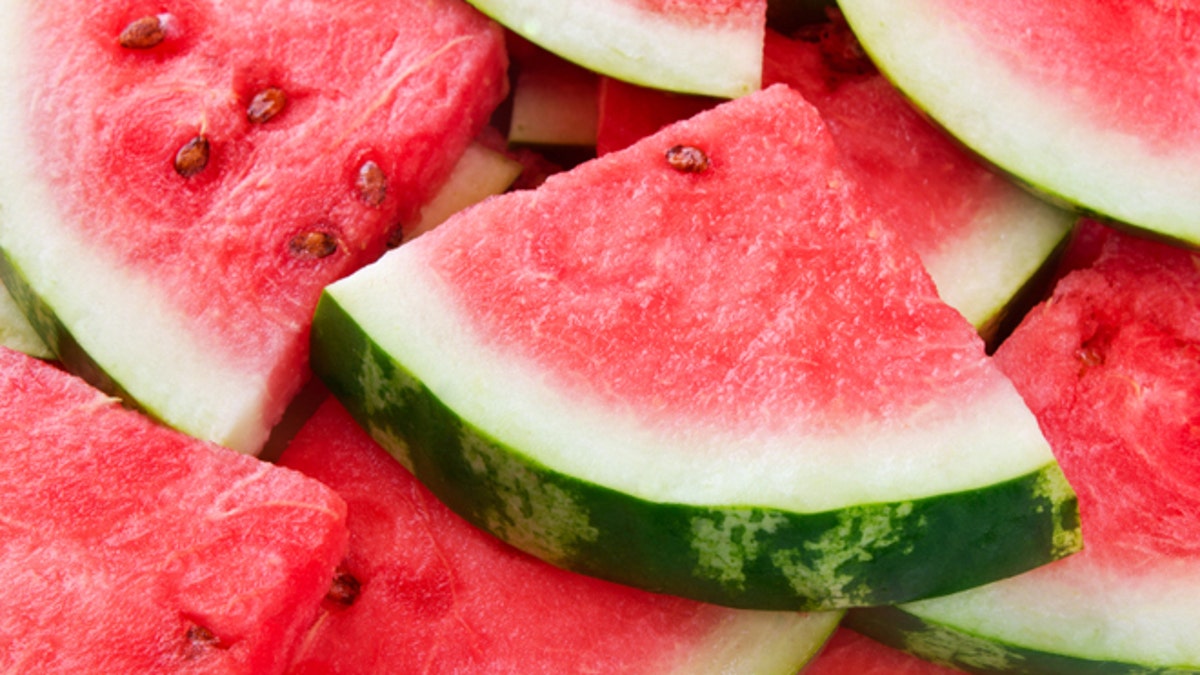
Some summertime favorites make eating healthy a breeze. While it’s incredibly hydrating – containing up to 95 percent water – watermelon packs a nutritional punch, providing vitamin A, vitamin C and potassium. It’s also low in calories: 1 cup of cubed watermelon contains just 46 calories.
Watermelon is also one of the best dietary sources of lycopene, an antioxidant that gives watermelon its reddish-pink coloring. Lycopene intake has been linked to a variety of health benefits such as reducing the risk of heart disease and prostate cancer.
4. Grapes

(Copyright©2010 Robert Linton)
Whether you prefer red, black or green, grapes are a convenient and nutrient-packed summer favorite. In fact, grapes from California are available May through January, so they are almost always ripe and ready to eat.
Grapes are a superfood for the heart. Fresh grapes contain the same heart-healthy compounds found in red wine, including resveratrol, which is found in the skins of grapes of all colors. Grapes may contribute to a healthy heart by improving vascular function and inhibiting the oxidation of “bad” LDL cholesterol. One serving of grapes (3/4 cup) contains just 90 calories and has no fat, no cholesterol and virtually no sodium.
Grapes are also an excellent source of vitamin K, which plays a key role in helping blood to clot and may be important for bone health. And these tiny fruits can be added to almost any dish for a boost of color, flavor and nutrition – or they can be enjoyed straight off the vine.
5. Figs
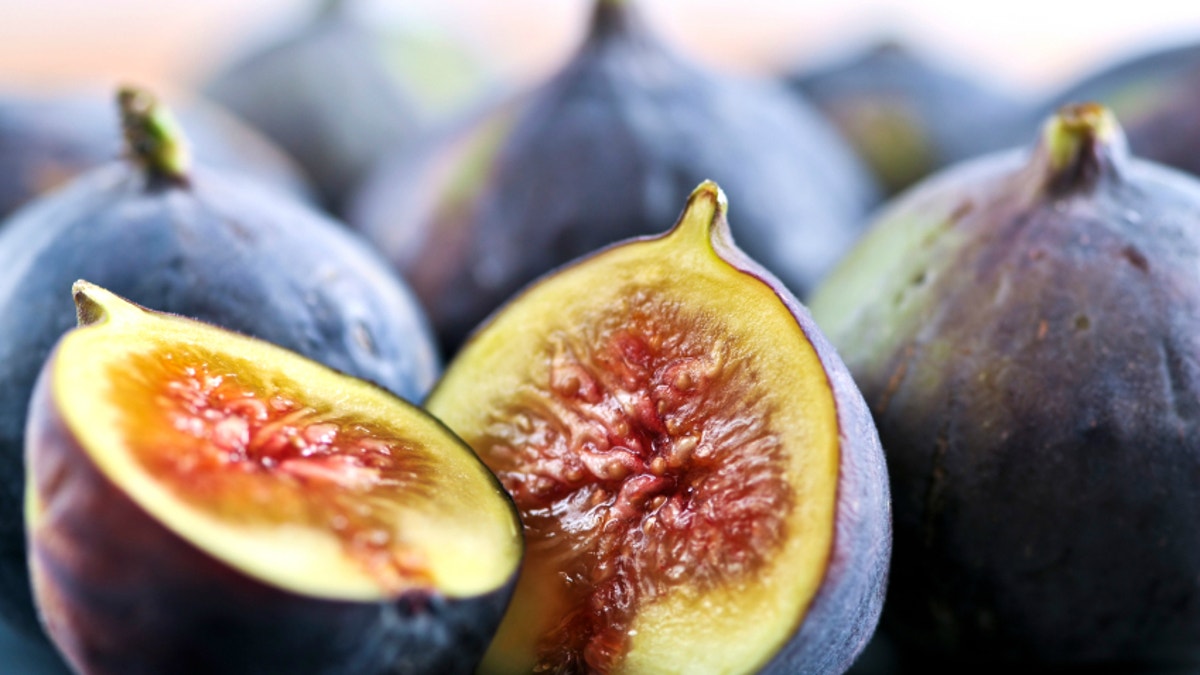
One of the nicest things to come out of farmers markets is the explosion of fresh summer figs. Known for their fiber content, figs also contain more calcium, more potassium and more iron than many other common fruits. Among dried fruits, figs and dried plums are rich in antioxidants and are comparable to beverages such as red wine and green tea, which are well-known for their polyphenolics.
The pectin found in figs is fermented in the large intestine. There, it acts as a probiotic, promoting the growth of beneficial bacteria, such as bifidus and lactobacillus. A serving of figs is just three to five dried (1/4 cup) or fresh (1/2 cup).
6. Berries
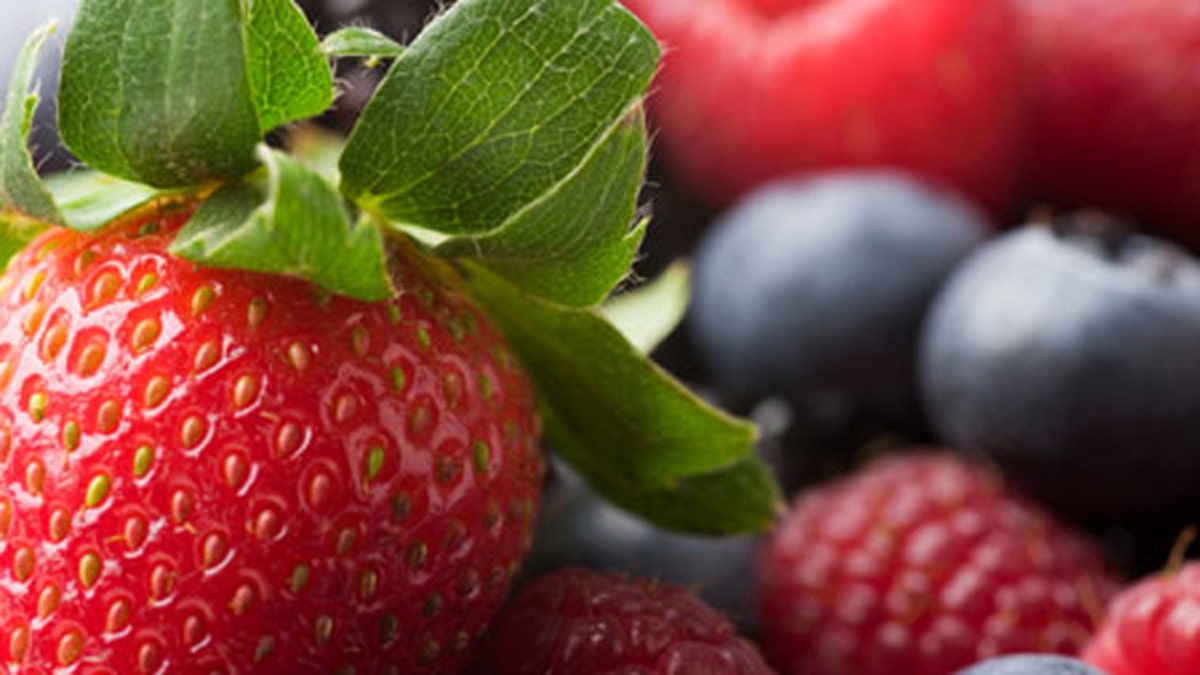
Blueberries, blackberries, raspberries, strawberries – summertime is berry time! Berries in general contain 40 to 60 calories per 1 cup serving and are an excellent source of vitamin C, fiber and antioxidants for good health. Research has shown berries to have immune-boosting properties, and studies have linked them with good vision, acuity and brain development.
The mental boost of berries may be due to a class of compounds they contain called anthocyanidins, a powerful phytonutrient that may protect people from diseases. Anthocyanidins are found almost exclusively in berries and are known to cross the blood-brain barrier, traveling to learning and memory centers in the brain. In addition, research suggests that flavonoids and other compounds found in berries may help reduce colon cancer risk.
7. Bell Peppers
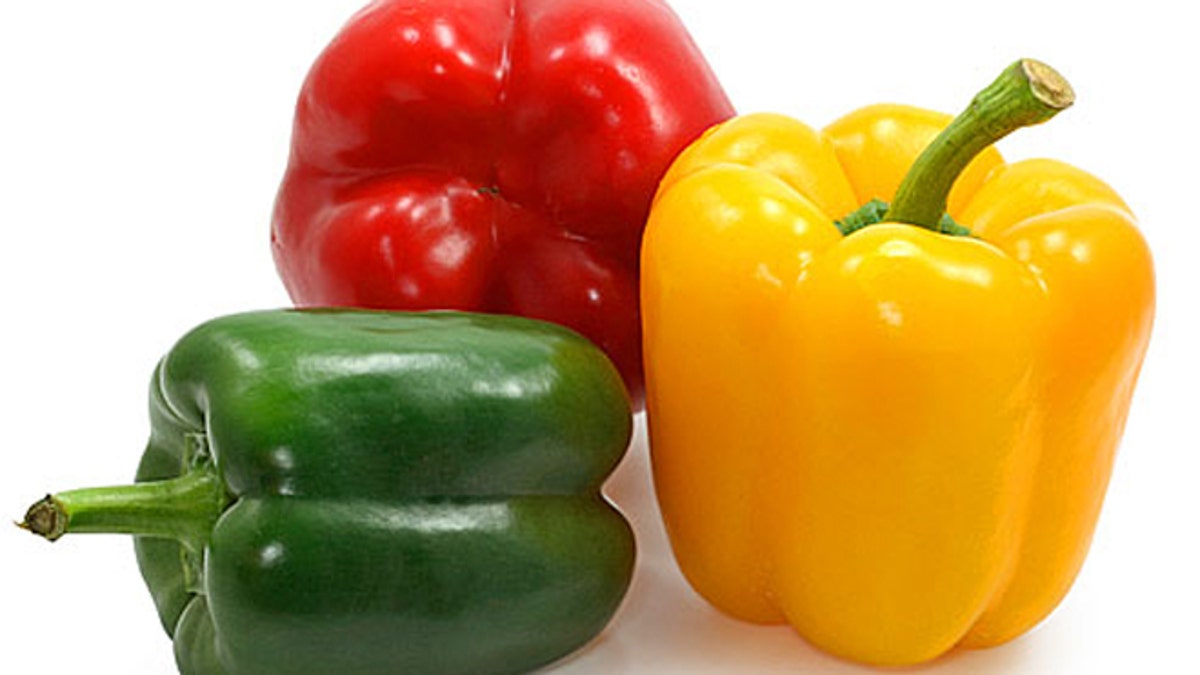
Summertime is a great time to top your dishes with colorful and crunchy bell peppers (or sweet peppers). While all bell peppers are high in vitamin C, potassium and other important nutrients, red bell peppers are especially high in vitamin A and a specific type of antioxidant, known as lycopene.
Lycopene is a carotenoid that gives red peppers their color and might also help prevent certain types of cancer, especially prostate cancer. Yellow and orange peppers are also rich in carotenoids that have been shown to be heart healthy.
Bell peppers may also help with weight management, since they are low in calories (1 cup chopped provides just 30 to 45 calories) and can be used instead of a chip for dipping or as an addition to almost any dish. When it comes to bell peppers, go for a variety of colors to get the most diverse health benefits.
